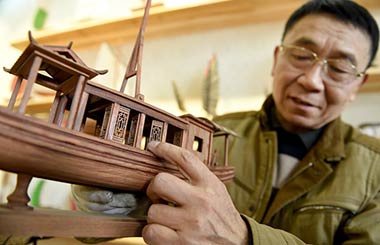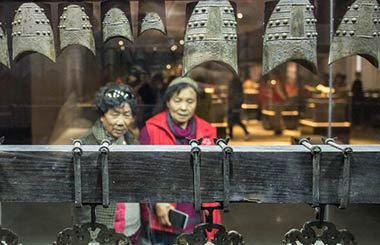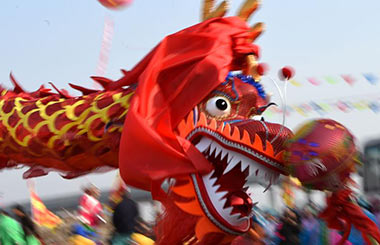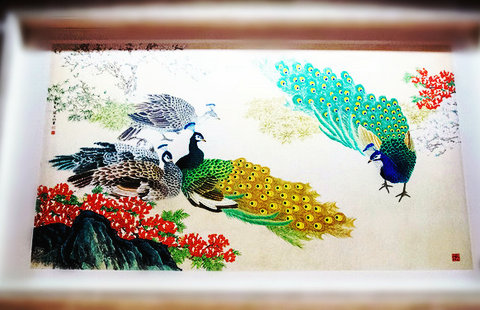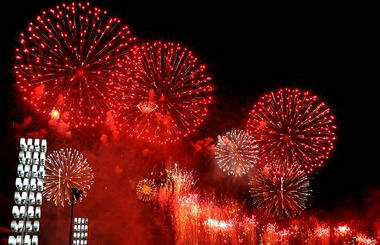'Original Mona Lisa' given Geneva launch
( Agencies ) Updated: 2012-09-28 09:45:37
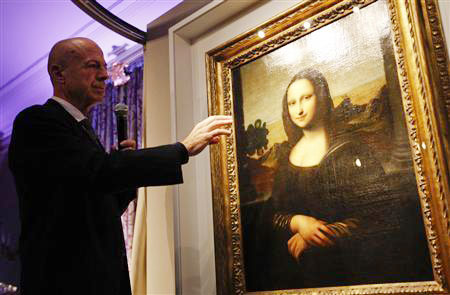 |
|
Professor Alessandro Vezzosi, Director of the Museo Ideale Leonardo da Vinci, points to details on a painting attributed to Leonardo da Vinci and representing Mona Lisa during a presentation in Geneva September 27, 2012.[Photo/Agencies] |
A Swiss-based art foundation on Thursday unveiled what it argues is Leonardo da Vinci's original "Mona Lisa", backing its claim with evidence from a US research physicist, a forensic imaging specialist and a top Italian expert on the artist.
Members of the group told a packed Geneva news conference that the portrait of a woman who appears to be some 10 years younger than the sitter in the famous painting in the Paris Louvre could only be the work of the Renaissance genius.
"The facts are overwhelming and clearly prove the authenticity of the masterpiece," said Swiss lawyer Markus Frey, president of the private Mona Lisa Foundation which insists it has no financial stake in the painting.
And Stanley Feldman, an art historian and member of the group, said that critics who have rejected any suggestion the "younger" version could be by Leonardo had never seen it. "We invite them to Geneva to study it themselves," he added.
"It is absolutely clear that neither this nor the Louvre version are copies," he said, in a clear response to British Leonardo authority Martin Kemp, who told a London newspaper last week "so much is wrong" with the foundation's painting, including that it is painted on canvas and not on wood, the artist's preferred medium.
In a luxurious 300-page publication devoted to research over 30 years on what has long been known as the "Isleworth Mona Lisa", the foundation argues that it was painted between 1503 and 1505 in Florence and never finished.
Alessandro Vezzosi, director of the Leonardo museum in the Renaissance giant's home town of Vinci in central Italy and a world-renowned expert on the artist, said he had long believed in the existence of two Mona Lisas.
The foundation's version - which has been owned since 2008 by a private consortium - seemed likely to be the one that was recorded in a recently discovered document from 1503 and which he had long been seeking, said Vezzosi.
SAME ENIGMATIC SMILE
Slightly larger than the Paris portrait, which is widely dubbed "the world's most famous painting," it shows a woman in an identical pose, the same enigmatic smile and with the same geometric proportions.
John Asmus, a former space scientist from the University of California who has developed digitization techniques to study art works and applied them to the Louvre Mona Lisa, said his studies indicated Leonardo also painted the "Isleworth" version.
And Joe Mullins, an FBI-trained forensic imaging specialist, showed how he had made a computerized version of the woman in the Paris portrait as she would have been 10 years earlier and found it almost identical to the newly unveiled version.
Neither Vezzosi, Asmus or Mullins are members of the foundation.
Documents prove the painting, known in French as "La Joconde" and in Italian "La Giaconda", was commissioned from Leonardo by Florentine nobleman Francesco del Giacondo as a portrait of his wife, Lisa Gherardini.
Leonardo - also an architect, sculptor and engineer - left Florence in 1506, apparently delivering the unfinished work to Giacondo before leaving, as documents record it was seen there some 30 years later.
According to backers of the "Younger" Mona Lisa, the Paris version was probably painted around 1516 when the painter left for France. Before he died in 1519 in a small chateau on the Loire he is known to have shown visitors a Mona Lisa.
After his death, it found its way into the collection of French King Francois 1, and from there to the Louvre.
The "younger" version first surfaced in 1913 when British art connaisseur and painter Hugh Blaker found it in a manor house in western England, recording that it had been hanging there for about 150 years.
For the next 20 years, it hung in his home in the London suburb of Isleworth, so gaining its name.
But efforts by Blaker, who died in 1936, and subsequent owners to convince the art world at large of its authenticity failed. "What we want now if for people to come and look at this with an open mind," Feldman told the news conference.
|
|
|
|
|
|
|
|
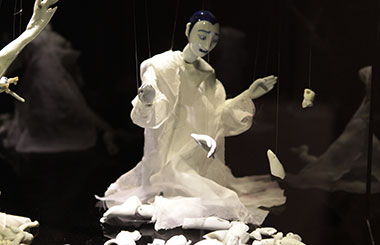











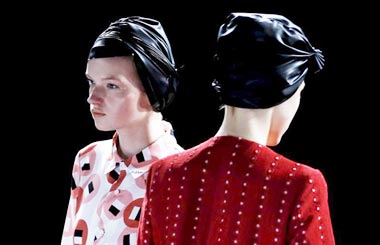





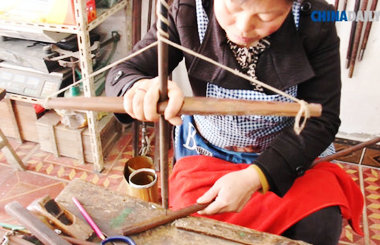


 Raymond Zhou:
Raymond Zhou: Pauline D Loh:
Pauline D Loh: Hot Pot
Hot Pot Eco China
Eco China China Dream
China Dream China Face
China Face
